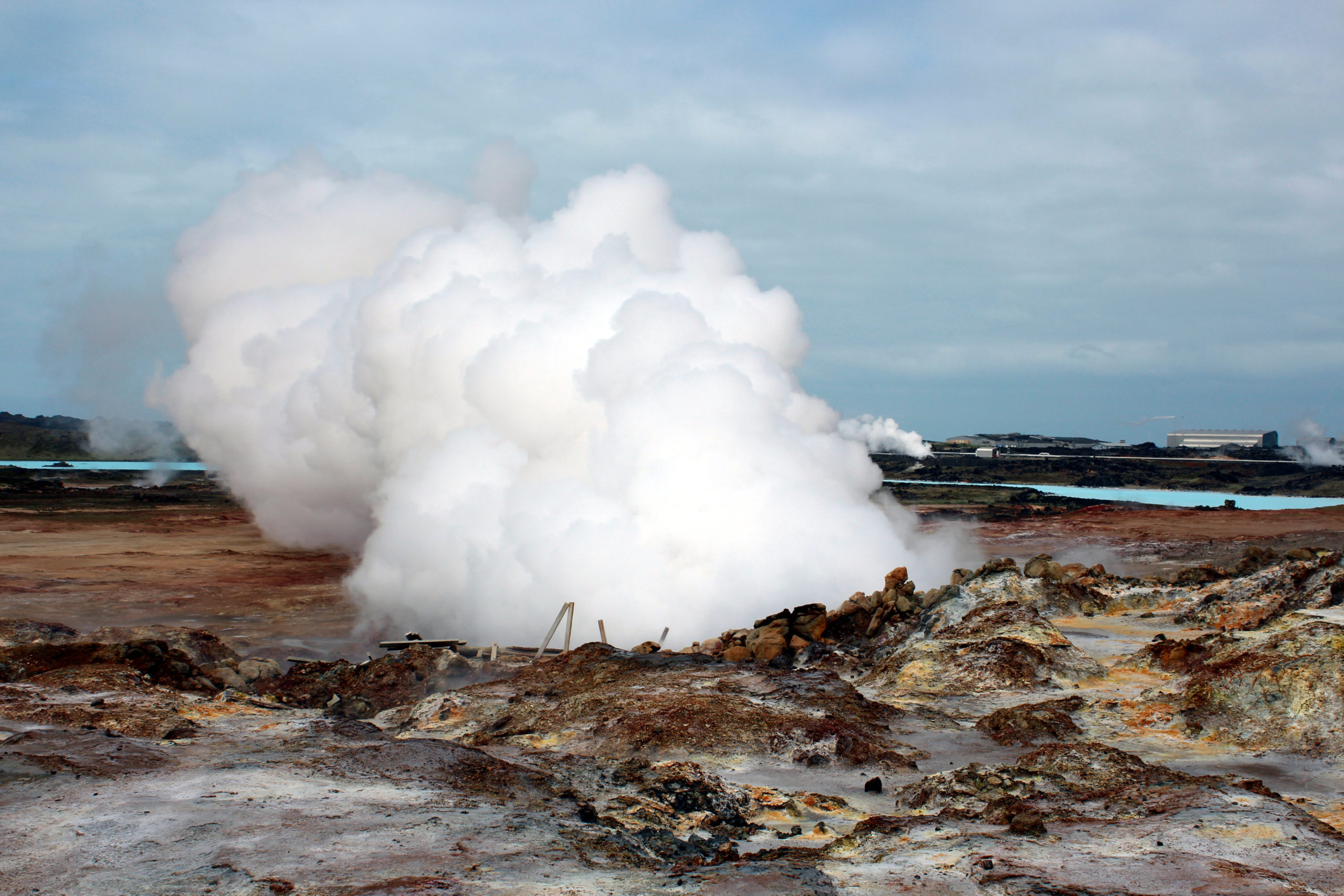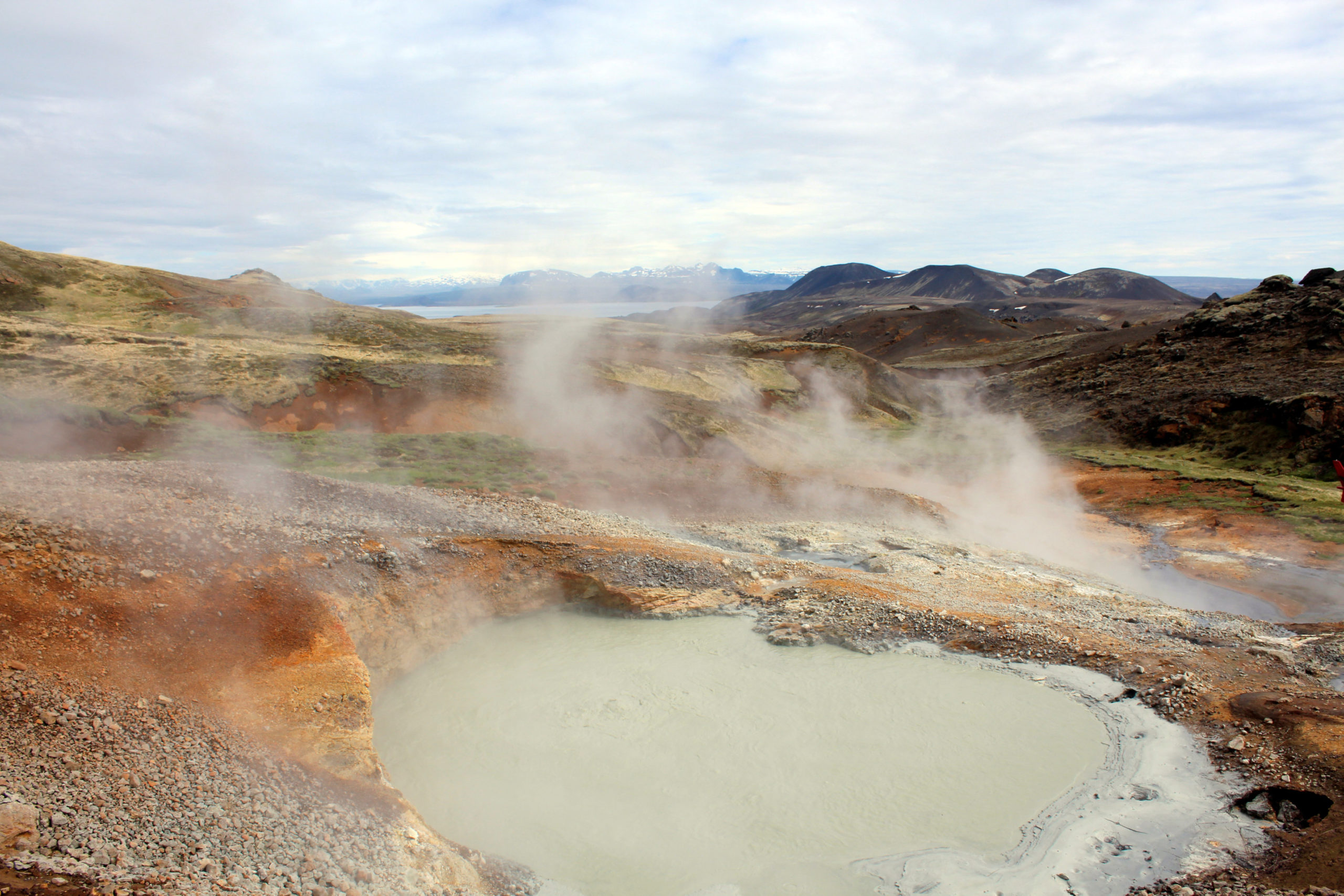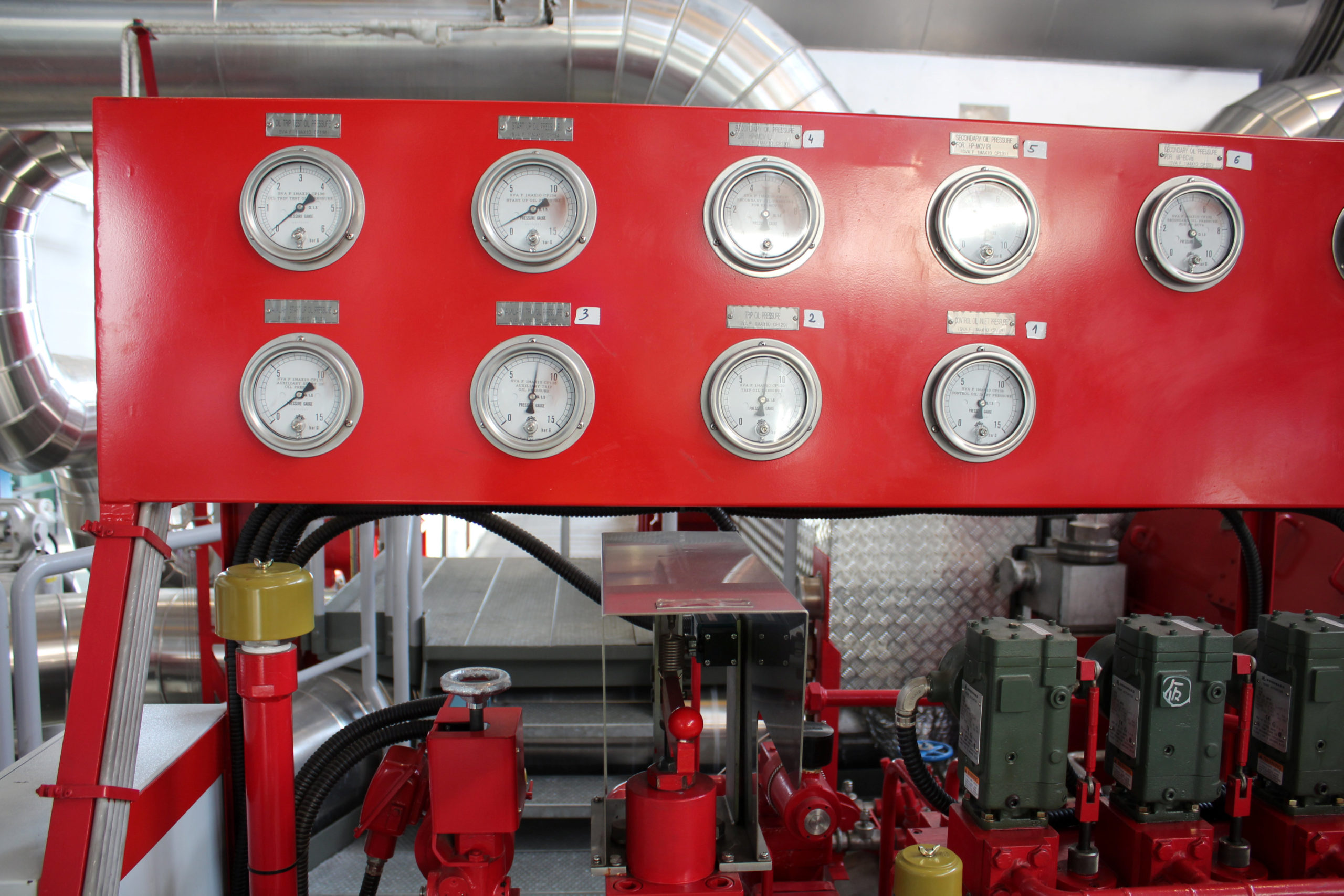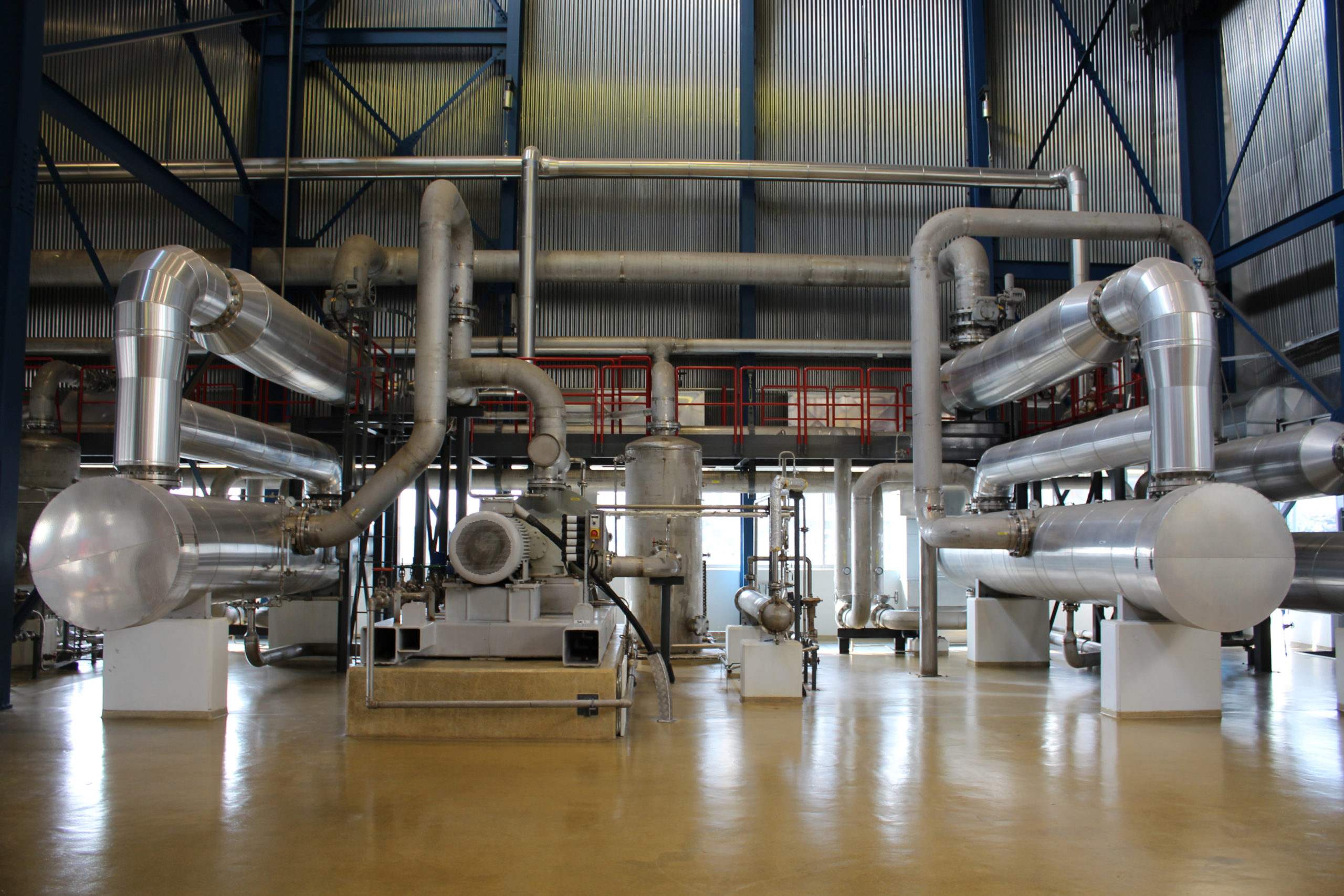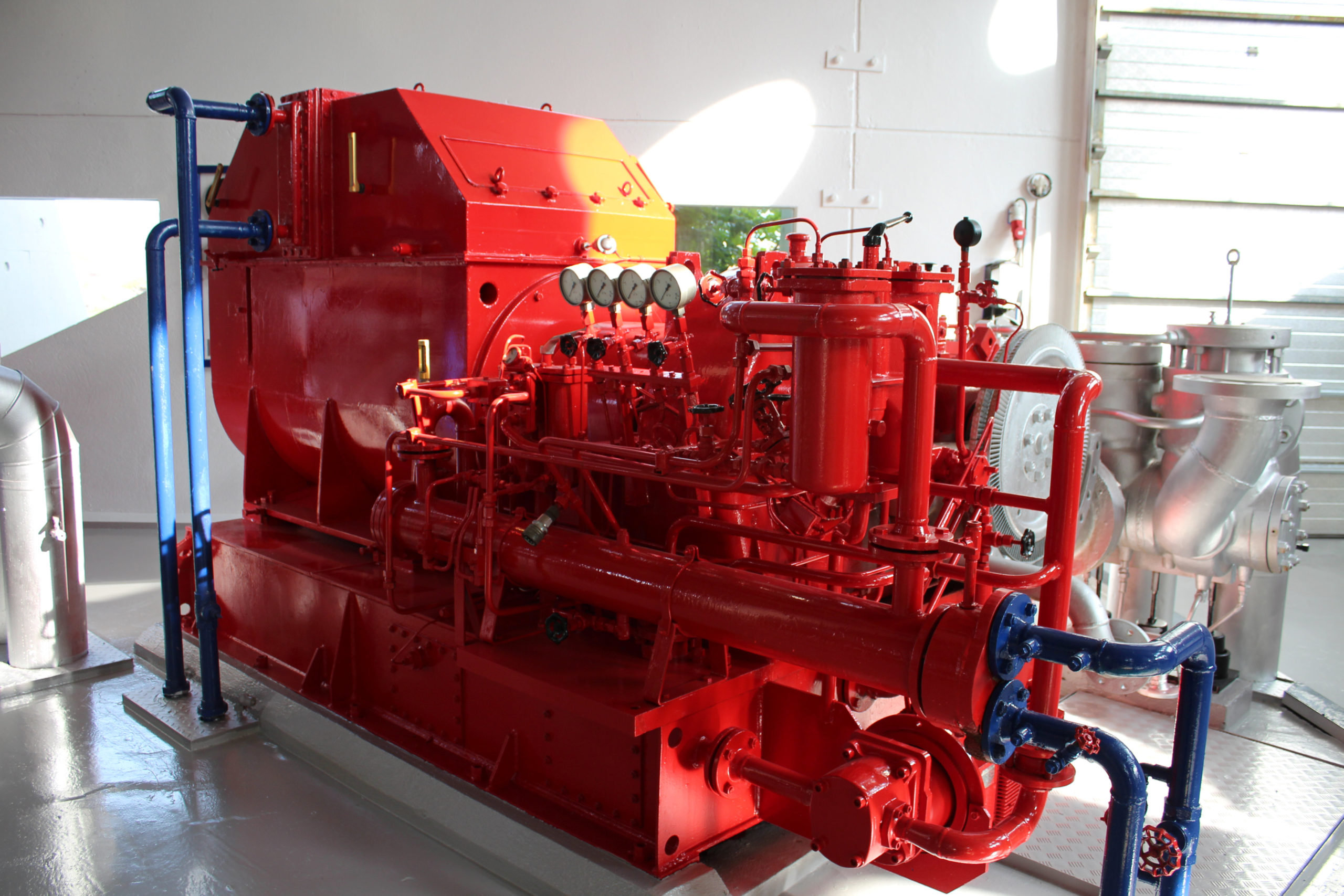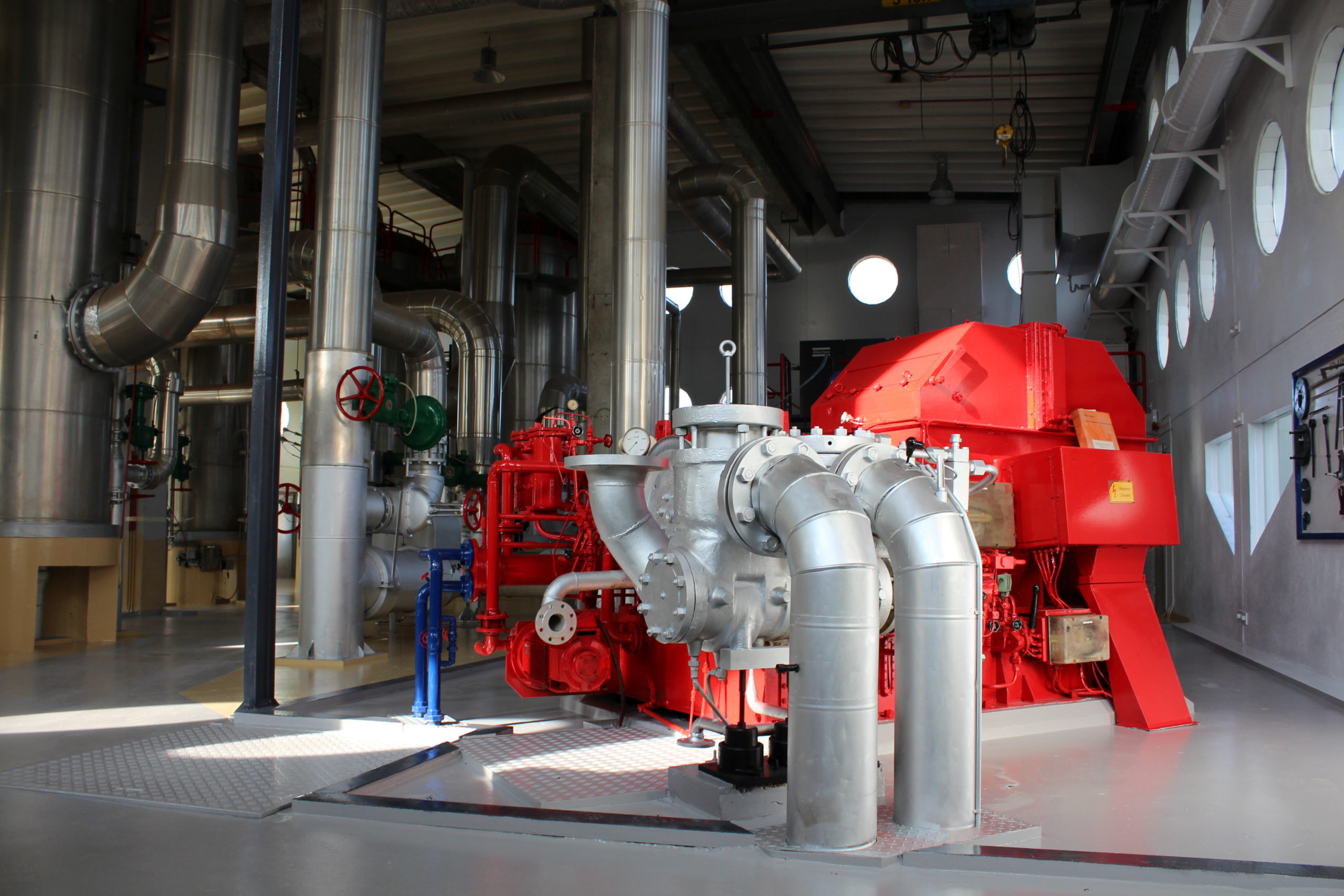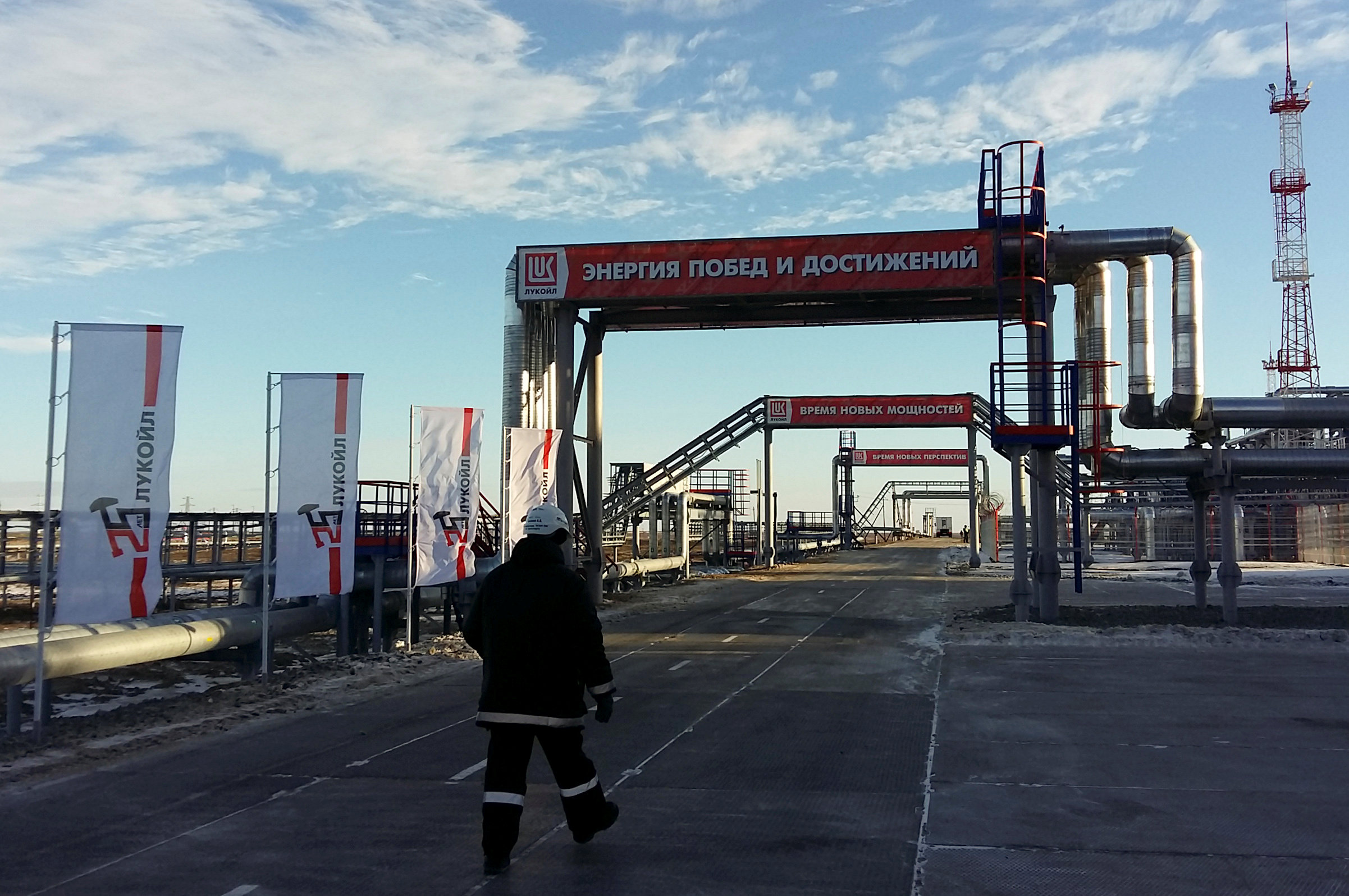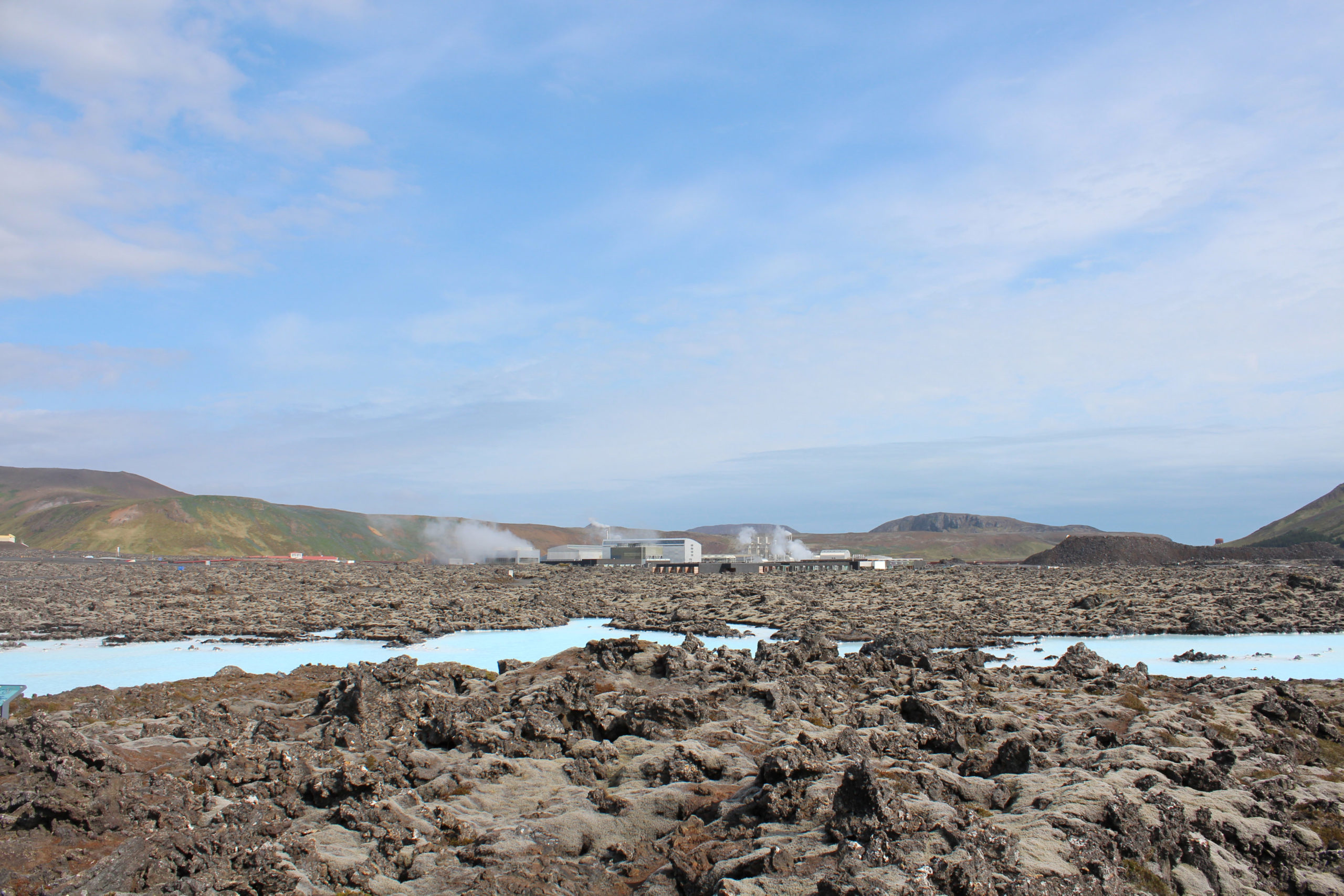Iceland’s volcanoes and hot springs are a step closer to powering UK homes
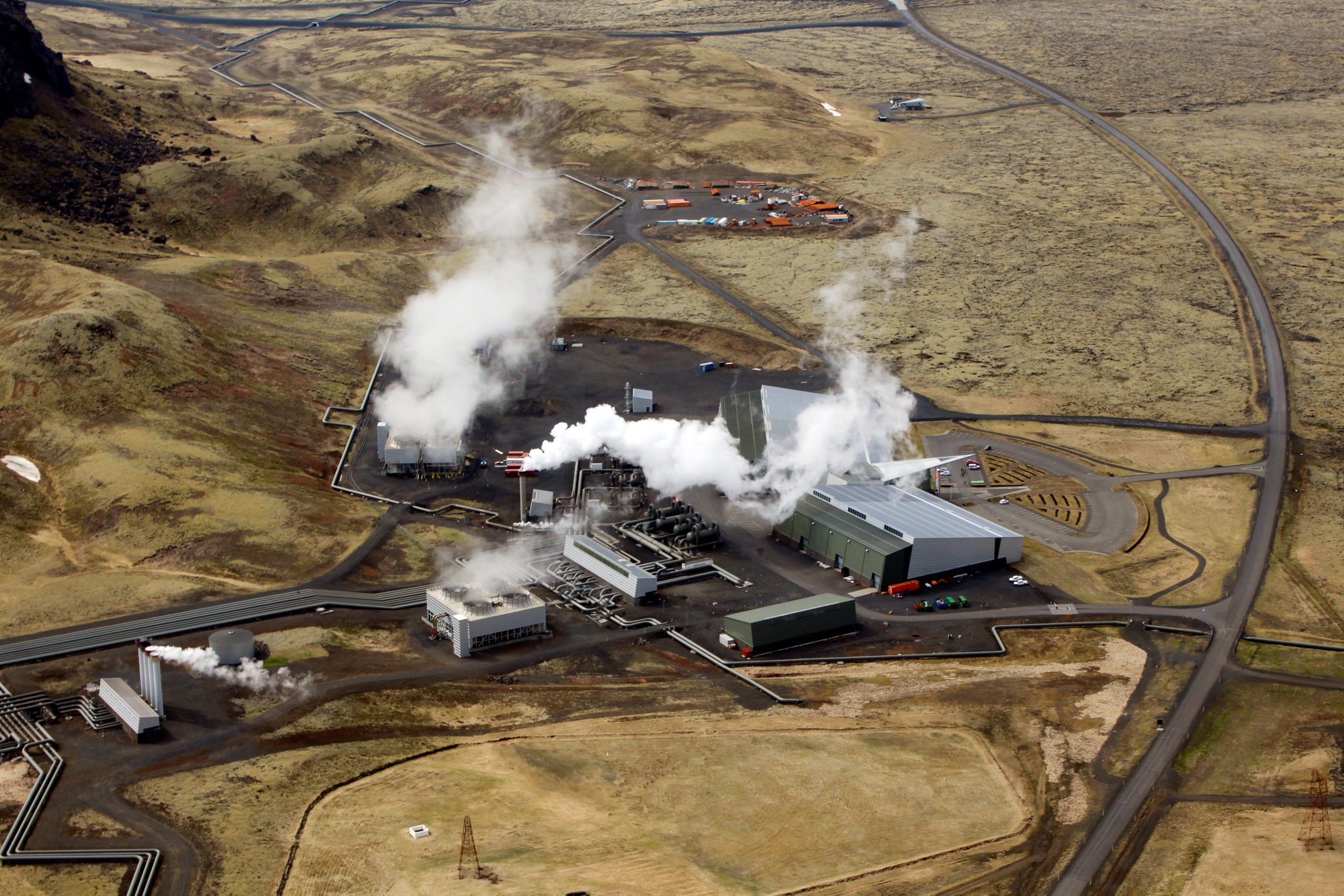
A proposed submarine power cable taking Icelandic green energy to the UK is now one step closer to becoming a reality, after a French asset company agreed to stump up with a major cash contribution.
Global infrastructure investor Merediam has pledge a “multimillion pound” contribution towards the project, according to an article by Sky News this weekend. The total cost of the proposed cable are estimated at £3.5 billion (approx. ISK 790 billion).
The 1,000-mile-long pipeline — known as IceLink — would run from Iceland to Scotland and could be supplying power to British households by 2022. Geothermal and hydroelectric power from Icelandic volcanoes and hot springs could potential fuel millions of UK homes, the Sky article suggests.
While the idea for an undersea power cable linking Iceland with the UK has been around for years, the current project dates back to 2014, when British financier Edi Truell began working on it. Earlier this year, a group of British investors announced plans to invest ISK 500 million (approx. €3.4 million) in the project, and interest in funding the pipeline has also been expressed by investors elsewhere, including China, Canada, the Middle East and Singapore.
“IceLink will deliver a volume of >5 TWh flexible renewable electricity per annum, enough to power 1.6 million homes,” says Landsvirkjun, Iceland’s national power company. “We anticipate that the total cost to the UK consumer will be competitive with other domestic low-carbon alternatives.”
The NPC website also sets out a range of potential benefits of the proposed submarine cable, notably in terms of market integration, security of energy supply, and sustainability.
But a poll this summer found that two-thirds of Icelanders oppose the plan.
One reason may be that the plant could create the demand for more power plants, including hydroelectric ones, such as the one at Kárahnjúkar in East Iceland. That plant, which provides electricity for the aluminium industry, involved damming two rivers to create reservoirs and has been the subject of some debate and criticism for its impact on the Icelandic environment.
“People seem to be realising that this undersea electricity cable can only come about if we build at least two more power plants like the one at Káranjúkar,” Viðar Garðarsson, member of Auðlindir okkar, a group advocating the responsible use of natural resources in Iceland, told Iceland Monitor at the time.

